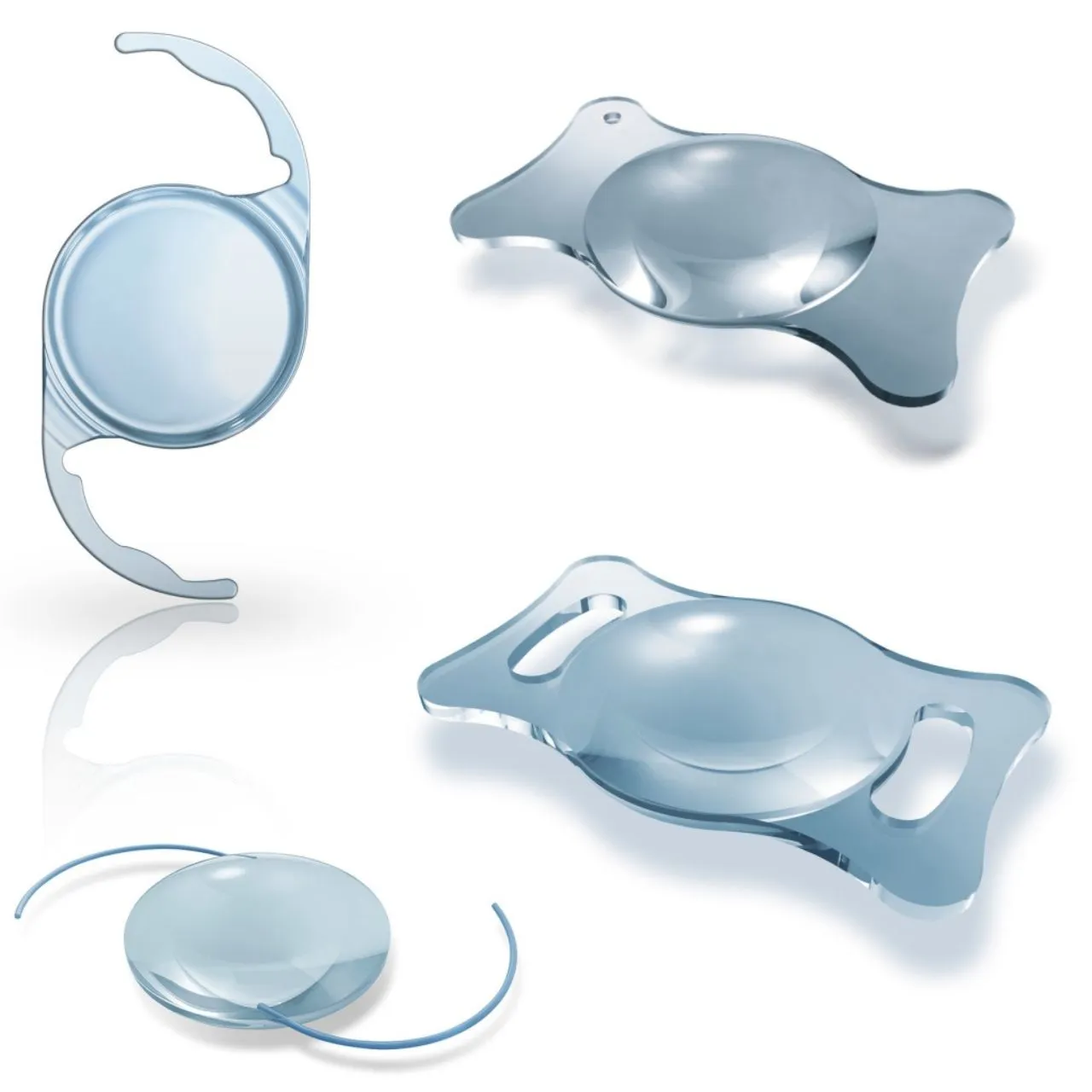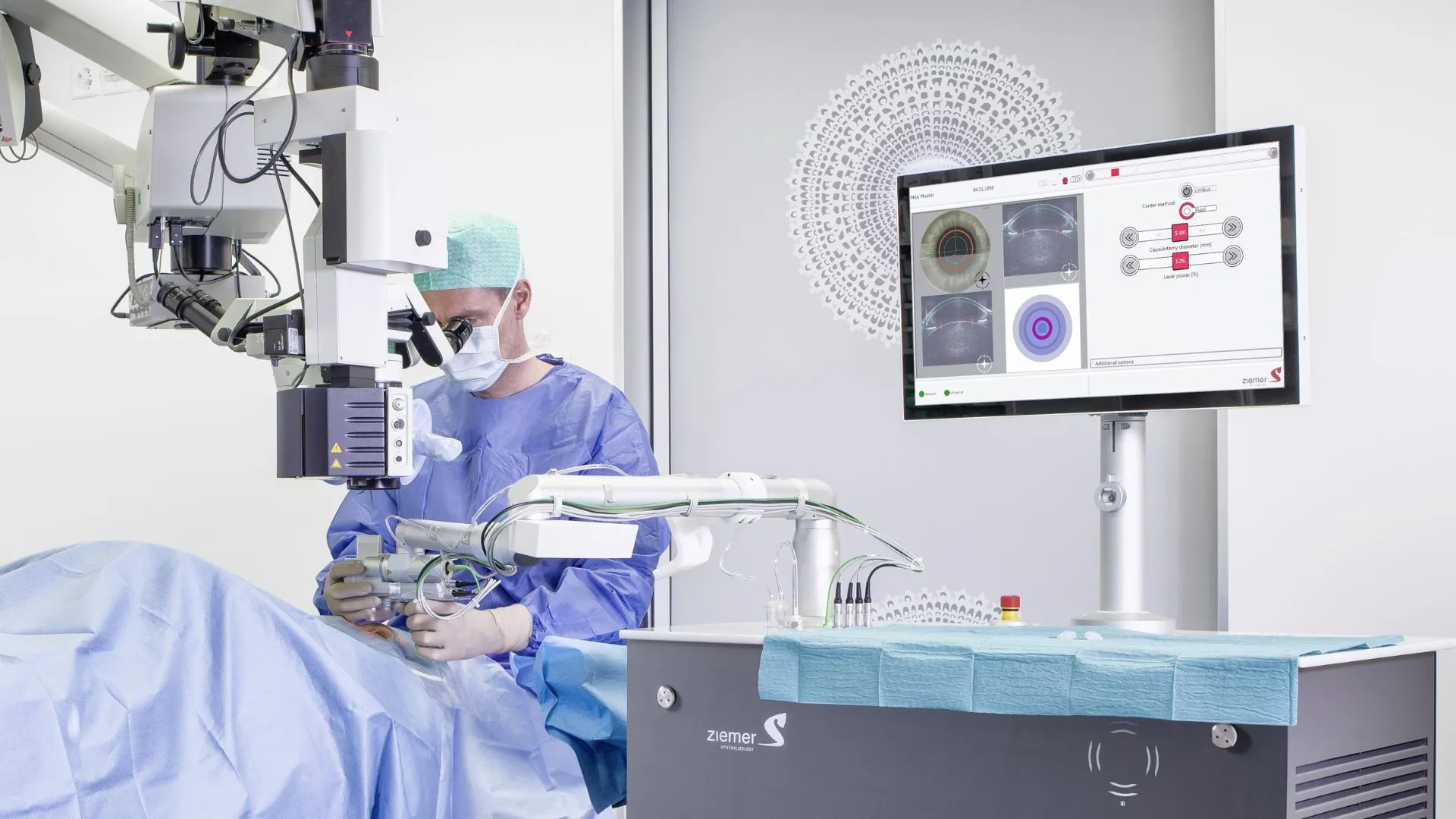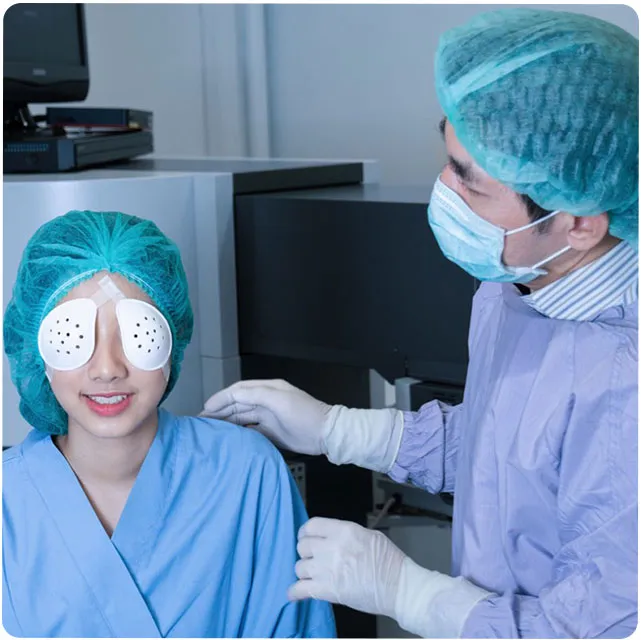Our treatments
Our highly skilled refractive surgery specialists and staff have over 25 years of experience with ISO 9001, the international standard accepted by ophthalmologists and patients worldwide. Our goal is to achieve the best possible results for you, our patient.

Premium Cataract Treatment
Phacoemulsification Cataract Surgery
Age-related cataracts, a common condition affecting those over 55, cause progressive clouding of the crystalline lens. Symptoms include blurred vision akin to looking through foggy glasses, faded colors, heightened glare sensitivity, and nighttime vision challenges. Learn about effective treatments and regain clear vision with our expert solutions.
Advanced Cataract Treatment: Experience Phacoemulsification for Clear Vision
Phacoemulsification stands as a cornerstone in modern cataract surgery, utilizing high-frequency ultrasound waves to meticulously fragment and extract the clouded lens. This precise procedure delicately removes the opacified lens, creating space for the seamless insertion of a flexible intraocular lens (IOL) directly into the eye. Notably, the incision size for phacoemulsification typically measures only between 2.6 to 3.0 millimeters.
For individuals grappling with nearsightedness, farsightedness, or astigmatism, phacoemulsification presents a tailored solution. Surgeons adeptly insert an IOL with the precise corrective power required, ushering in a new era of visual clarity. With this personalized approach, patients often reclaim clear vision without the need for glasses or contact lenses, marking a significant advancement in cataract surgery outcomes.

Phacoemulsification: The Innovative Solution for Cataract Removal
Phacoemulsification surgery, utilizing high-frequency ultrasound waves, is a highly effective technique for addressing cataracts. By delicately breaking down and removing the clouded lens, this procedure offers remarkable clarity for vision restoration. Through a minute incision, the fragmented lens material is efficiently suctioned out, leaving the lens capsule intact.
Phacoemulsification surgery sets a new standard in cataract treatment, often eliminating the need for stitches due to its minimally invasive approach. With the preservation of the lens capsule, a small or foldable intraocular lens (IOL) can be seamlessly implanted, ensuring a smooth transition to improved vision.
Following phacoemulsification surgery, some patients may encounter posterior capsule opacification (PCO), characterized by a decline in vision due to cloudiness in the lens capsule. Fear not, as this condition can be swiftly addressed with YAG laser treatment. By creating a precise opening in the clouded capsule, the YAG laser restores optical clarity, allowing light to properly focus on the retina and rejuvenating clear vision.
Experience the convenience of YAG laser treatment, a quick and painless procedure that revitalizes vision in just minutes. Say goodbye to post-surgery vision hurdles and hello to a brighter, clearer world with the seamless combination of phacoemulsification and YAG laser treatment.

Phacoemulsification Cataract Surgery Benefits
Smaller Incision (2.6-3.0 mm): Phacoemulsification uses a significantly smaller incision than traditional cataract surgery methods. This leads to:
Faster Healing: Smaller incisions promote quicker recovery times.
Minimal Scarring: Smaller incisions minimize scarring on the cornea, the clear dome at the front of your eye.
Shorter Procedure (around 30 minutes): Compared to traditional methods, phacoemulsification is a quicker procedure, reducing discomfort for patients.
Improved Vision: Most patients experience significant improvements in vision quality within a few days of phacoemulsification surgery.
Low Risk of Complications: Phacoemulsification is a safe and well-established procedure with a low complication rate.

Understanding the Role of Intraocular Lenses (IOLs) in Vision Restoration
Intraocular lenses (IOLs) are crucial components of modern cataract surgery, serving as the cornerstone for vision restoration. Crafted from clear plastic, these marvels of innovation boast a diameter typically ranging between 5 to 6 millimeters. Following cataract surgery, the clouded natural lens is gracefully replaced with an IOL, seamlessly integrating into the eye's structure to facilitate normal vision.
Embedded with two haptics on each side, the IOL is strategically designed to anchor itself within the eye, preventing any unwanted movement. This meticulous engineering ensures stability and longevity, as the lens becomes a permanent fixture in the ocular landscape.
As a testament to precision and reliability, the IOL stands as a beacon of hope for those grappling with cataracts, offering a transformative journey from visual impairment to clarity. With its enduring presence and steadfast functionality, the IOL heralds a new dawn of restored vision and enhanced quality of life for countless individuals worldwide.

Understanding Different Types of Intraocular Lenses (IOLs)
Monofocal IOL:
Standard choice providing clear distance vision.
Typically requires reading glasses for near vision.
Multifocal IOL:
Addresses presbyopia by offering multi-distance vision.
Utilizes advanced technology to create a "staircase" pattern on the lens surface, enhancing vision at varying distances.
Toric IOL:
Specifically corrects astigmatism.
Features a unique curvature on the back surface of the lens to counteract astigmatism.
Multifocal Toric IOL:
The best of both worlds, combining multifocal and toric capabilities.
Corrects both presbyopia and astigmatism, delivering clear vision at multiple distances without the need for glasses.
With these diverse options, tailored solutions are available to meet your unique vision needs.

Femtosecond Laser-Assisted Cataract Surgery (FLACS): Redefining Precision in Vision Restoration
Femtosecond laser-assisted cataract surgery (FLACS) represents a significant advancement in the field of ophthalmology, revolutionizing the way cataract surgery is performed. By harnessing the power of femtosecond laser technology, FLACS enhances both the precision and safety of the surgical process.
In FLACS, the femtosecond laser is utilized to perform critical steps of the surgery with unparalleled accuracy. This includes creating corneal incisions, opening the lens capsule, and fragmenting the cataract lens with exceptional precision. By automating these steps with the laser, surgeons can achieve a level of accuracy and control that was previously unattainable through traditional manual techniques.
The precise nature of FLACS not only allows surgeons to perform the surgery with greater confidence but also offers potential benefits for patients. With improved accuracy in incision creation and cataract fragmentation, FLACS may lead to better visual outcomes and faster recovery times for patients undergoing cataract surgery.
Overall, Femtosecond Laser-Assisted Cataract Surgery (FLACS) stands as a testament to the relentless pursuit of excellence in modern eye care, offering patients a safer, more precise, and ultimately more rewarding surgical experience.

Useful Knowledge
Location
Cataract Center - Bangkok Eye Hospital
10/989 Soi Prasertmanukij 33 Nuanchan Buengkum District Bangkok 10230


